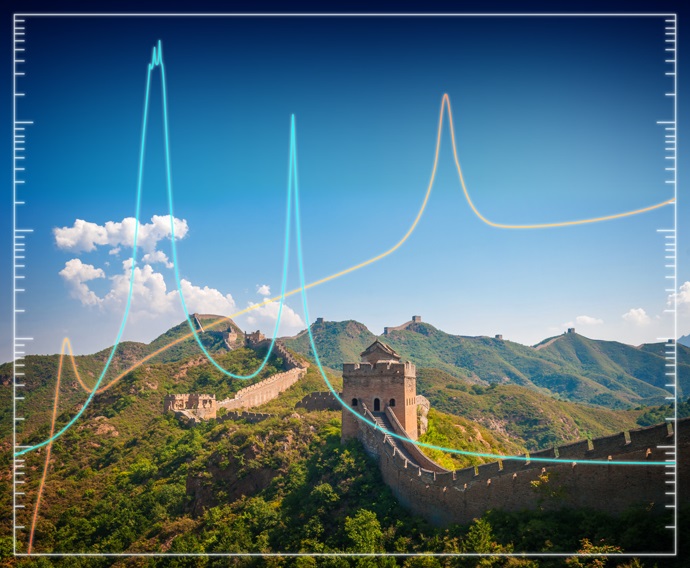
Satellite observations have a major positive impact on the accuracy of numerical weather prediction (NWP). They are used in advanced data assimilation systems, including variational, ensemble and hybrid methods. In order to assimilate satellite observations directly, which is proven to be most effective, a fast and accurate radiative transfer model is essential. Many countries have invested in developments of fast radiative transfer models through their space and NWP programmes. As the capability of these models has improved, the range of satellite data that can be successfully assimilated has increased. For example, the use of observations in areas of cloud and precipitation, which were initially excluded from assimilation, has become very successful.
In 2019, the Chinese Meteorological Administration (CMA), the European Centre for Medium-Range Weather Forecasts (ECMWF) and the Joint Center for Satellite Data Assimilation (JCSDA) jointly held an international workshop in Beijing, China, on radiative transfer models in support of satellite data assimilation.
Workshop goals
The specific goals of this workshop:
- reviewing the current capabilities of fast radiative transfer models
- understanding new requirements on radiative transfer models for satellite data assimilation
- prioritising new developments of superfast computation in atmospheric and surface radiative transfer processes.
New aspects can in particular cover developments for observations sensitive not only to the atmosphere, which is often well represented by existing models, but other Earth system components (e.g. ocean, sea ice, snow, land, atmospheric composition). It will also address, where appropriate, shortcomings in the models that fast models are trained on, such as line-by-line transmittance models.